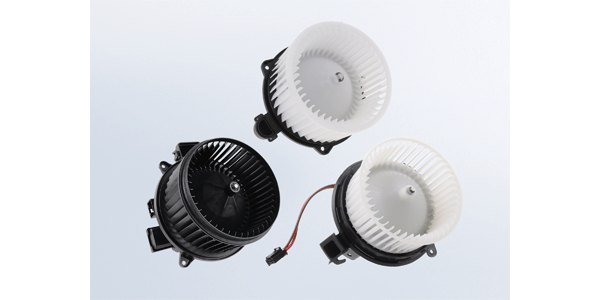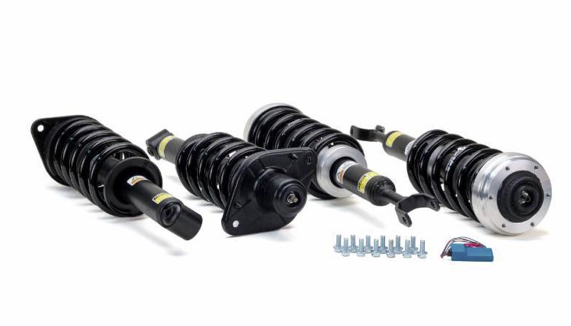As with everything in modern engine mechanics, cylinder head gasket design has become more sophisticated than in years past. Aluminum generally expands at a slightly higher rate than cast iron and, because the cylinder head usually runs hotter than the cylinder block, the head expands faster than the block and actually slides across the cylinder head gasket as the engine temperature increases.
This small amount of slippage eventually wears out the gasket and causes it to fail. In addition, because aluminum heads expand faster than the steel head bolts that clamp the gasket to the cylinder block, the head bolts tend to lose torque when the head gaskets crush or extrude during an overheat condition.
To combat head gasket scuffing and maintain cylinder head bolt torque on modern engines, graphite-based designs have been introduced that allow the aluminum cylinder head to slip smoothly over the gasket surface.
The most recent development in cylinder head gasket design is the multi-layer steel (MLS) gasket. The more expensive MLS gaskets use multiple layers of coated spring steel shim gaskets to accommodate cylinder head slippage while maintaining cylinder head bolt torque and cylinder sealing. The MLS design is least susceptible to loss of head bolt torque after an overheat condition.
GASKET FAILURE PATTERNS
Detecting head gasket leakage can be difficult because a failure pattern very much depends upon operating conditions, the amount of cylinder head warping present and the relative tension of the head bolts. In addition, a cracked cylinder head often mimics a head gasket failure, the only difference being that a cracked cylinder head seldom results in relatively minor, but consistent, cylinder sealing failure.
Temperature-related failure patterns are the most common. As always, the primary symptom of a leaking head gasket is an increasing consumption of coolant with no apparently visible external coolant leakage.
If cylinder leakage occurs during cold-engine operation, combustion gases accumulate under the engine’s thermostat during cold engine operation, forcing the coolant back through the radiator and resulting in an overflow condition at the coolant reservoir. If, on the other hand, leakage occurs only under full throttle, hot engine operation, the coolant may become aerated with combustion gases, which reduces cooling system efficiency and increases operating temperatures.
When the head gasket completely fails to seal the cylinder, the cylinder loses compression and the spark plug becomes fouled with coolant, causing an engine misfire. The engine oil may also become contaminated with coolant. In most cases, coolant-contaminated oil exhibits a milky, viscous appearance. In addition, the underside of the oil filler cap and filler tube tends to accumulate a viscous, milky residue that indicates a high degree of moisture in the crankcase.
In still another type of failure pattern, if an intermittent misfire code is recorded on an OBD II engine management system, always check the freeze-frame data to determine the conditions under which the misfire occurs. If the misfire occurs during a specific set of conditions, and the spark plug in question exhibits an uncharacteristic coloration on the combustion side insulator, the misfire might be caused by coolant leaking into the combustion chamber.
The most common method of detecting head gasket leakage is to remove the radiator cap, warm up the engine to open the thermostat and look for gas bubbles circulating with the coolant. A combustion gas detection tool can also be used to detect traces of combustion gas in the cooling system.
The tool is filled with a blue-colored fluid to the specified level and, being careful not to inhale coolant, the rubber bulb is used to draw air from the radiator head tank or coolant reservoir through the fluid in the tool.
The presence of combustion gas in the coolant is confirmed when the fluid turns from blue to yellow. An exhaust gas analyzer can also be used, but care must similarly be taken to prevent damaging the equipment by letting it inhale liquid coolant.












